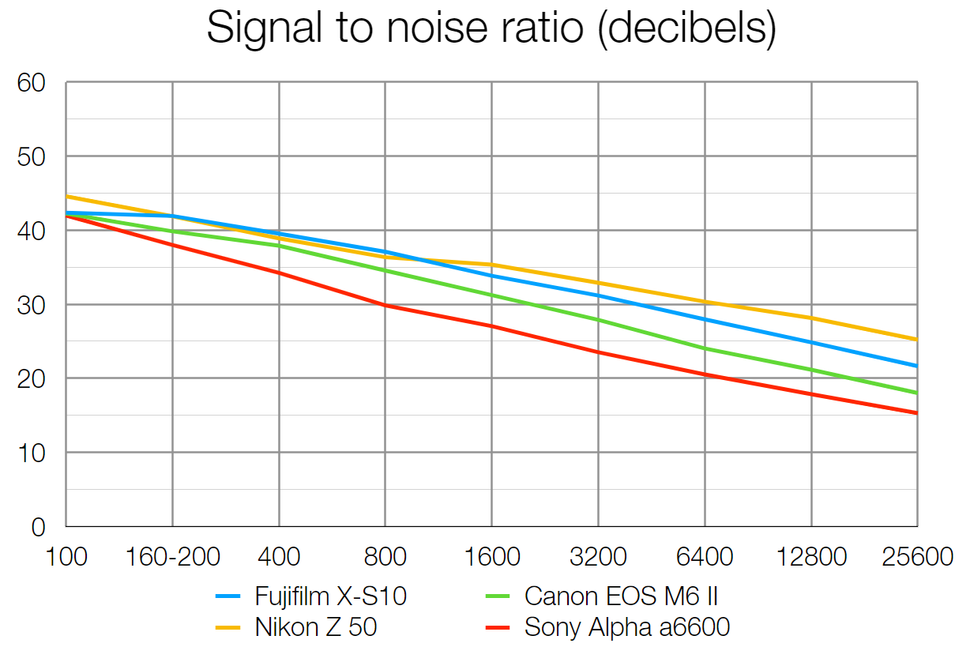


Understanding the mathematics validates the gain calculation technique described in the next section, and it shows why simpler techniques fail to give the correct answer. The signal recorded by a CCD and its conversion from units of electrons to counts can be mathematically described in a straightforward way. Because of these issues, it is not unusual to find that the gain of a CCD camera differs substantially from the value quoted by the manufacturer. In addition, manufacturers sometimes do not perform an adequate gain measurement. The actual gain can only be determined by actual performance in a gain calibration test. However, since the actual resistance is subject to component tolerances, the gain of the assembled camera may be quite different from this estimate. This calculation is based on resistor values used in the gain stage of the CCD readout electronics. Without knowing the gain, comparing 12 counts against 3 counts is pretty meaningless.īefore a camera is assembled, the manufacturer can use the nominal tolerances of the electronic components to estimate the gain to within some level of uncertainty. If the gain of the first camera is 2.0 and the gain of the second camera is 8.0, the same pixel would measure 12 counts in the image from the first camera and 3 counts in the image from the second camera. For example, suppose two cameras each record 24 electrons in a certain pixel. Since one camera may use a different gain than another camera, count units do not provide a straightforward comparison to be made. It is important to note that every measurement you make in a CCD image uses units of counts. Note: This use of the term "gain" is in the opposite sense to the way a circuit designer would use the term since, in electronic design, gain is considered to be an increase in the number of output units compared with the number of input units. This number is an average conversion ratio, based on changing large numbers of electrons into large numbers of counts. What this number means is that 4/5 of the time 1 count is produced from 2 electrons, and 1/5 of the time 1 count is produced from 1 electron. Of course, we cannot split electrons into fractional parts, as in the case for a gain of 1.8 e-/count. For example, a gain of 1.8 e-/count means that the camera produces 1 count for every 1.8 recorded electrons. Gain is expressed in units of electrons per count. The gain value is set by the electronics that read out the CCD chip. This note does not address the issues of basic image processing or CCD camera operation, and a basic understanding of CCDīias, dark and flat field correction is assumed. This White Paper develops the mathematical theory behind the gain calculation and shows how the mathematics suggests ways to measure the gain accurately. Calibrating the gain is also useful for detecting electronic problems in a CCD camera, including gain change at high or low signal level, and the existence of unexpected noise sources. The gain value is required by some types of imageĭeconvolution such as Maximum Entropy since, in order to correctly handle the statistical part of the calculation, the processing needs to convert the image into units of electrons.
#Camera calculate dark noise full
Since quantities in the CCD image can only be measured in units of counts, knowing the gain permits the calculation of quantities such as readout noise and full well capacity in the fundamental units of electrons. It is useful to know this conversion for evaluating the performance of the CCD camera. The gain of a CCD camera is the conversion between the number of electrons ("e-") recorded by the CCD and the number of digital units ("counts") contained in the CCD image.


 0 kommentar(er)
0 kommentar(er)
